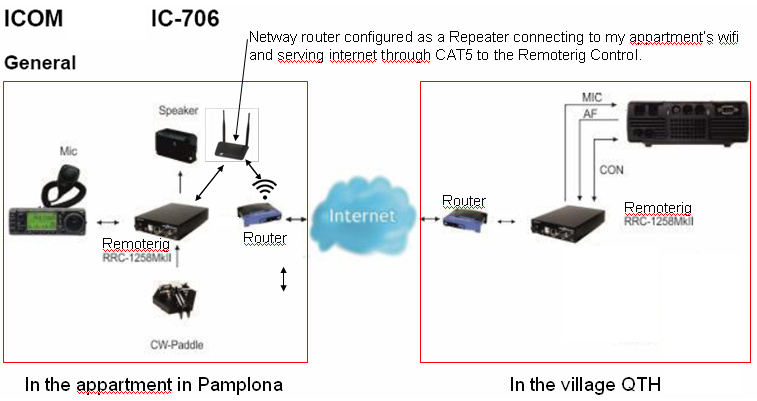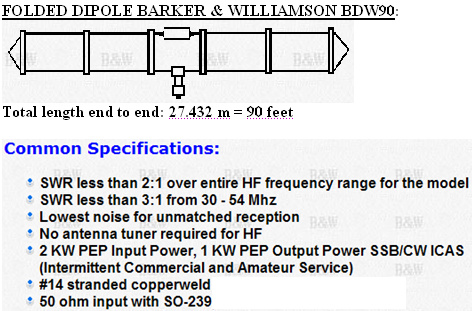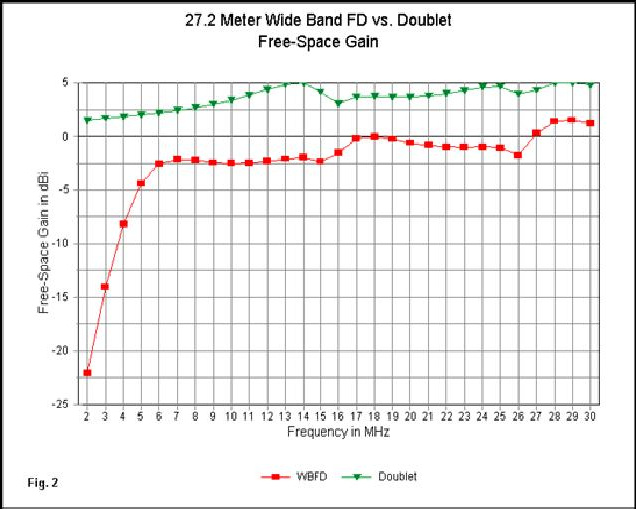I must explain that although this was indeed my first SOTA chased with my remote station, it was not with my yagi, because I have just found today that I inadvertedly left the broadband folded dipole connected to the radio instead of the TH5-DX yagi.
From last weekend up to yesterday, I was starting to feel really disappointed with the performance of the remote system and I was fearing that something was wrong, as I wasn’t copying the Northamerican stations the way I used to copy them when I was in my village QTH with the TH5-DX yagi and my Kenwood TS-940S. I didn’t know what was going on and I was at sometimes blaming the IC-706 receptor, at some other times the Remoterig conversion and transmission of the audio signal through the internet and some other times the combination of both…
While discussing all these feels and experiences with my ham radio colleagues through whatsapp and right before going to bed last night, I suddenly had like a light switched on inside my head and I immediately guessed that I might have left the multiband folded dipole connected to the radio instead of the TH5-DX yagi.
As soon as I finished work today at 13h utc, I headed to my QTH in the village and I could confirm that my guessing was right. The RG-213 coax cables for the yagi and the dipole are pretty much the same and there’s only a difference in the length of it inside the shack. When I left everything connected last weekend, I was so much in a rush with so many things I wanted to do in the briefest possible time in order to get back home in time for lunch and not upsetting my wife (again) due to ham radio related activities, that I made the mistake of leaving the wrong antenna connected. Fortunately, the problem has been very easily solved today and I have enjoyed this afternoon-evening chasing my first NorthAmerican SOTA activators from my rental appartment in Pamplona and my remote station in the village.
This is my chaser log of today. The QSOs where my gridsquare ends in ET have been made with my Kenwood TS-940S and the endfed wire in the balcony of the rental appartment in Pamplona. The QSOs where my gridsquare ends in CQ have been made remotely with my IC-706 at 50 watts and the TH5-DX yagi beamming to NorthAmerica.
This is the 1st stage culmination of a long time expected project and all I can say to you is that I feel inmensely happy and rewarded.
Dear NorthAmerican activators, be prepared to hear my callsing often calling you again as in the old good times, despite not having the TL-922 Amp. connected yet.
Perhaps it’s not needed and given that you will get here with 5-10-15 watts or so, I guess my 50 watts should be enough to chase you most of the times.
73,
Guru




